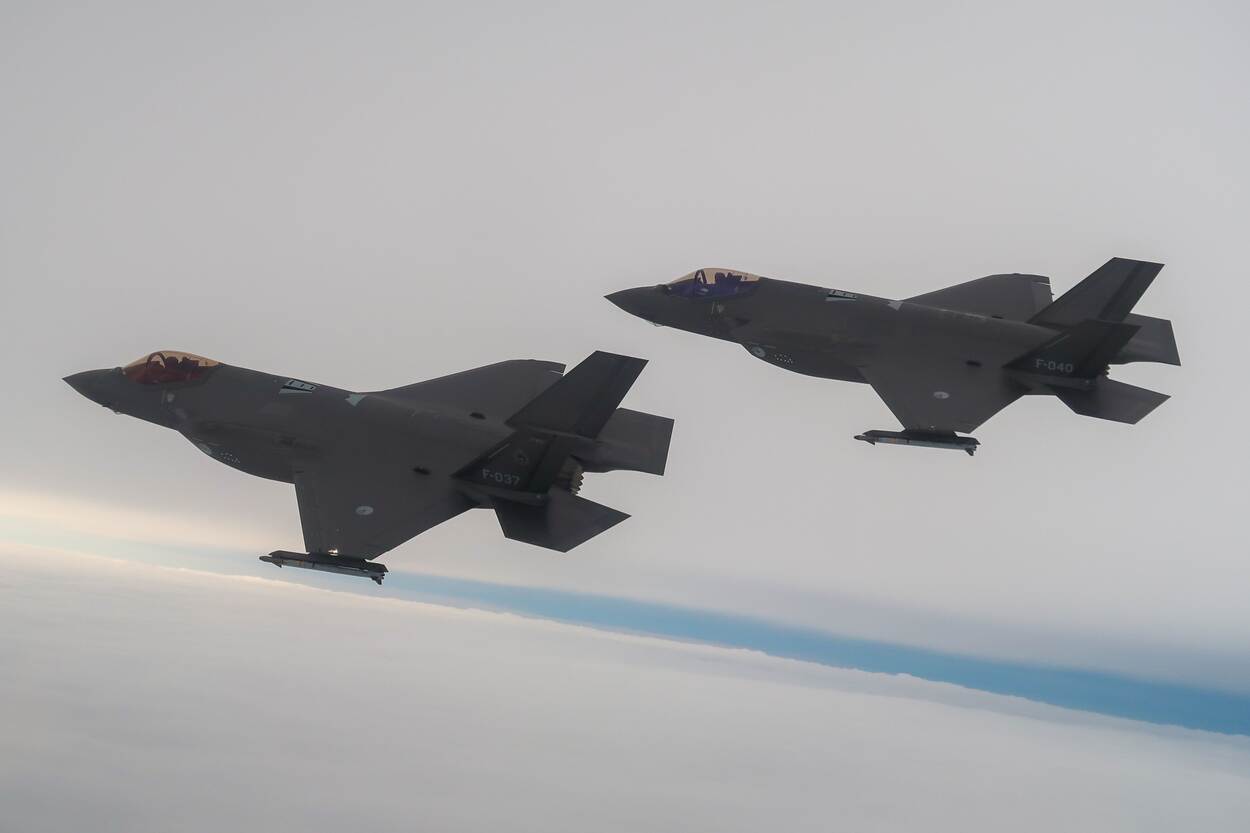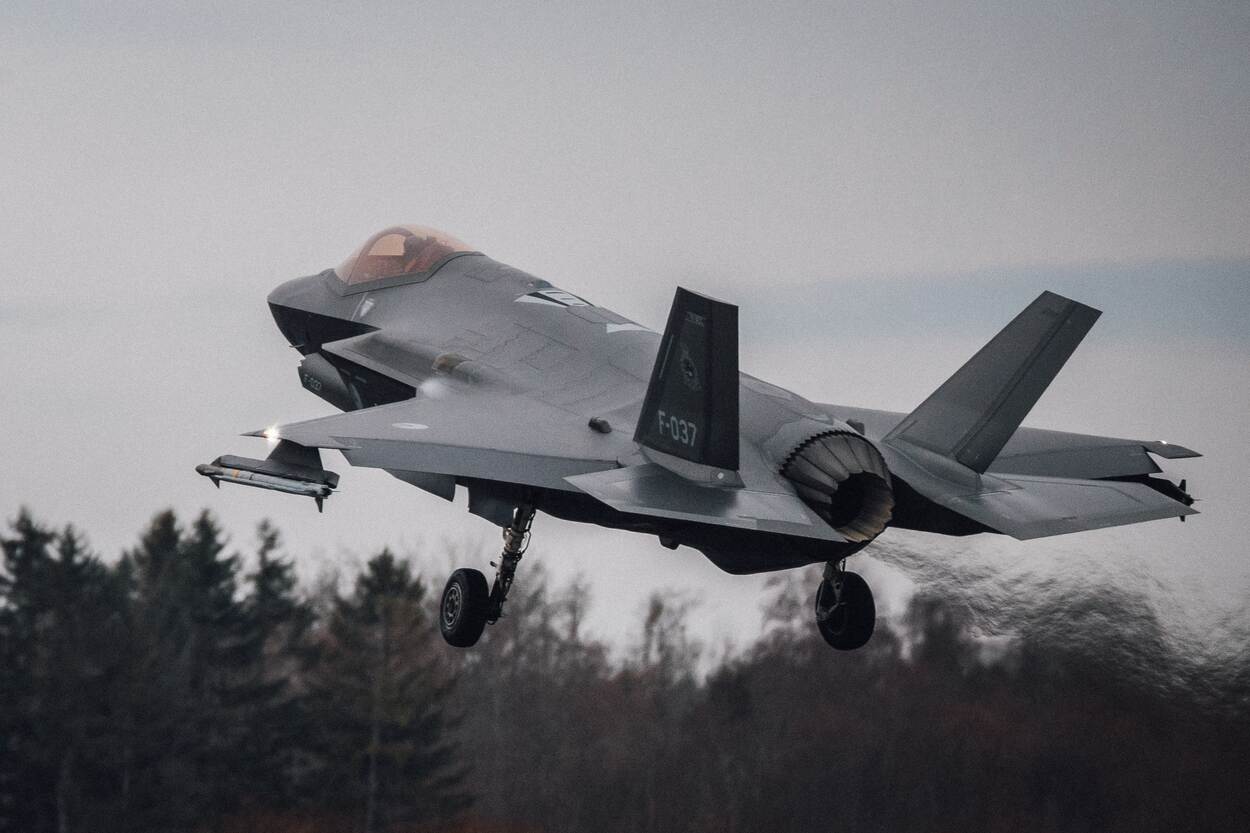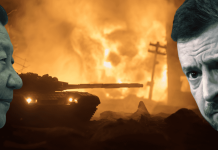The Dutch Ministry of Defence announced on March 5 that its F-35A fighter jets had successfully intercepted and destroyed multiple drones during training exercises over the Baltic Sea.
According to the Ministry, two Dutch F-35s engaged and shot down several practice drones using AIM-9 Sidewinder missiles. The exercise, conducted in controlled airspace, was a joint initiative between the Netherlands and Estonia, with the Baltic state providing the drones for the training operation.
The exercise provided pilots with a crucial opportunity to refine counter-drone tactics, a skill that has become increasingly vital as unmanned systems are increasingly deployed as weapons on the modern battlefield, a trend notably observed in the Ukraine war.
The Ministry pointed out, “It is important to train the takedown of unmanned systems ‘live’. They pose a real threat. They are increasingly being used as a weapon.”
Drones represent a real and evolving threat, and practicing these takedown maneuvers in real time is vital for operational readiness. This exercise follows recent actions in the region, where Dutch F-35s were instrumental in safeguarding Polish airspace.

Last week, amid heightened tensions and a major Russian offensive involving both missiles and drones targeting Ukraine, the Dutch fighter jets were instrumental in deterring potential threats along Poland’s border.
Since late last year, the Netherlands has stationed four F-35s in Estonia to bolster NATO’s eastern flank and deter Russian aircraft incursions under the Baltic Air Policing mission.
With a detachment comprising between 90 and 150 soldiers, this strategic positioning underscores the Dutch Air Force’s commitment to maintaining regional security.
Baltic Air Policing often involves intercepting Russian Armed Forces aircraft moving between the heavily militarized Russian exclave of Kaliningrad and mainland Russia.
These aircraft frequently approach NATO airspace without using transponders, contacting air traffic control, or filing a flight plan, requiring NATO fighters to visually identify them on quick reaction alerts.
In fact, Dutch fighters have intercepted Russian aircraft on ten separate occasions, identifying 18 intrusions to date.
The Netherlands’ F-35s
The Dutch Ministry of Defence has been utilizing the F-35 Lightning II as its primary fighter aircraft since autumn 2019, officially replacing the F-16 upon its retirement in September 2024.
Operating mainly out of Leeuwarden Air Base and Volkel Air Base, these advanced jets provide the armed forces with superior air observation capabilities, improved information-sharing, and pinpoint precision in weapon deployment.
Such attributes are pivotal not only in live training scenarios but also in real-world operations where rapid and accurate responses can make all the difference.
As previously noted, Dutch F-35s have actively responded to Russian aerial activity near NATO airspace.
For instance, on December 9, Royal Netherlands Air Force F-35A fighters conducted their first interceptions of Russian military aircraft over the Baltic Sea. In response to a Quick Reaction Alert (QRA) scramble, the jets took off twice to visually identify and escort Russian aircraft.

During the first interception, the Dutch pilots identified and monitored a Russian Su-24MR reconnaissance aircraft and an An-72 transport aircraft.
Later, in a separate mission, they intercepted an IL-20 electronic surveillance aircraft. The Netherlands has been actively contributing to NATO’s collective defense initiatives.
In 2023, the country deployed eight F-35As to Poland as part of an ongoing effort to bolster regional air policing.
Meanwhile, in mid-January 2025, it was revealed that Dutch F-35s had also officially joined NATO’s Baltic Sentry mission, an operation focused on ensuring the security of vital undersea infrastructure in the Baltic region.
In January 2025, the Dutch Ministry of Defence released images of RNLAF F-35s conducting patrols over two Dutch naval vessels assigned to Baltic Sentry: the De Zeven Provinciën-class frigate HNLMS Tromp and the hydrographic survey vessel HNLMS Luymes.
The F-35, with its advanced electronic warfare capabilities, plays a crucial role in this effort. Its ability to detect, classify, and geolocate electronic signals with precision provides invaluable intelligence to NATO forces, ensuring a comprehensive understanding of the operational environment.
The aircraft’s sophisticated sensor fusion and data-linking capabilities enable seamless coordination with maritime patrol aircraft, surface vessels, and allied forces, making it an indispensable asset in modern military operations.
In addition to its contributions to air policing and maritime security, the Netherlands achieved a major milestone last year by becoming the first nation to declare its F-35 fleet fully operational for nuclear strike missions.
- Contact the author at ashishmichel(at)gmail.com
- Follow EurAsian Times on Google News




